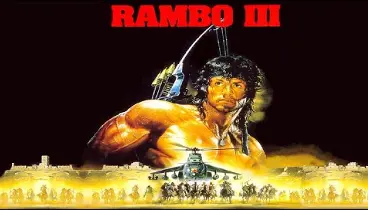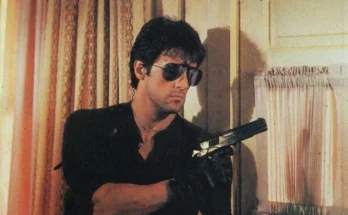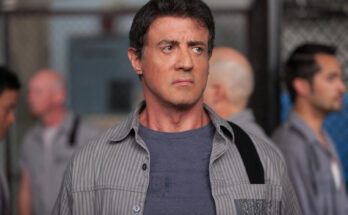Plot Summary of Rambo III (1988)
Rambo III (1988) is the third installment in the Rambo film series, starring Sylvester Stallone as the iconic Vietnam War veteran, John Rambo. Directed by Peter MacDonald, the film shifts the action from Southeast Asia to the harsh terrain of Afghanistan, during the height of the Soviet-Afghan War.

The story begins with John Rambo living in relative peace in a Thai monastery, engaging in quiet labor and underground stick fighting. His former commander and only close friend, Colonel Sam Trautman (played by Richard Crenna), visits and asks for Rambo’s help in a covert mission to support Afghan freedom fighters, the Mujahideen, who are battling Soviet forces. Rambo declines, having turned away from violence and war.

However, when Trautman goes ahead with the mission and is captured by Soviet forces led by the brutal Colonel Zaysen, Rambo sets out on a daring one-man rescue operation. With the help of Afghan fighters and a young Afghan boy named Hamid, Rambo infiltrates the heavily fortified Soviet base where Trautman is being held.
The film features a series of high-octane action sequences, including horseback combat, explosions, and stealth attacks, showcasing Rambo’s survival skills and military prowess. Despite overwhelming odds, Rambo manages to free Trautman, but the two are relentlessly pursued by Soviet troops. In the climax, Rambo and Trautman, along with a group of Mujahideen, face off against a Soviet helicopter squadron in a desert canyon. Using cunning and brute force, Rambo destroys a helicopter gunship with a tank in a final act of defiance.
The movie ends with Rambo and Trautman walking away, having survived yet another impossible mission. Trautman comments on Rambo’s inability to live a peaceful life, suggesting that his destiny is forever tied to war.
Rambo III is notable for its political undertones, as it portrays the Mujahideen in a sympathetic light—freedom fighters resisting an oppressive regime. At the time of release, the film reflected Cold War sentiments and U.S. opposition to Soviet expansionism. Although the film received mixed reviews for its simplistic narrative and emphasis on action over depth, it remains a hallmark of 1980s action cinema.
Filled with explosive set pieces and Stallone’s physical intensity, Rambo III continues the series’ themes of loyalty, sacrifice, and the enduring psychological scars of war.



